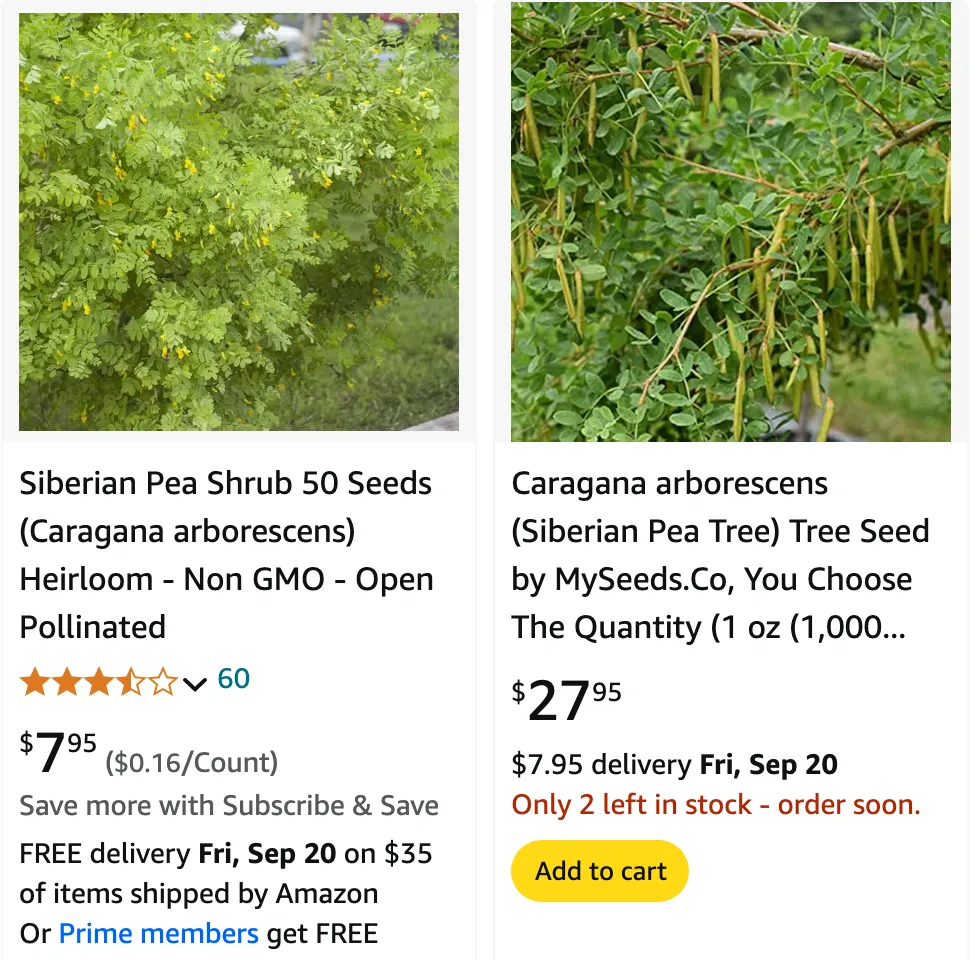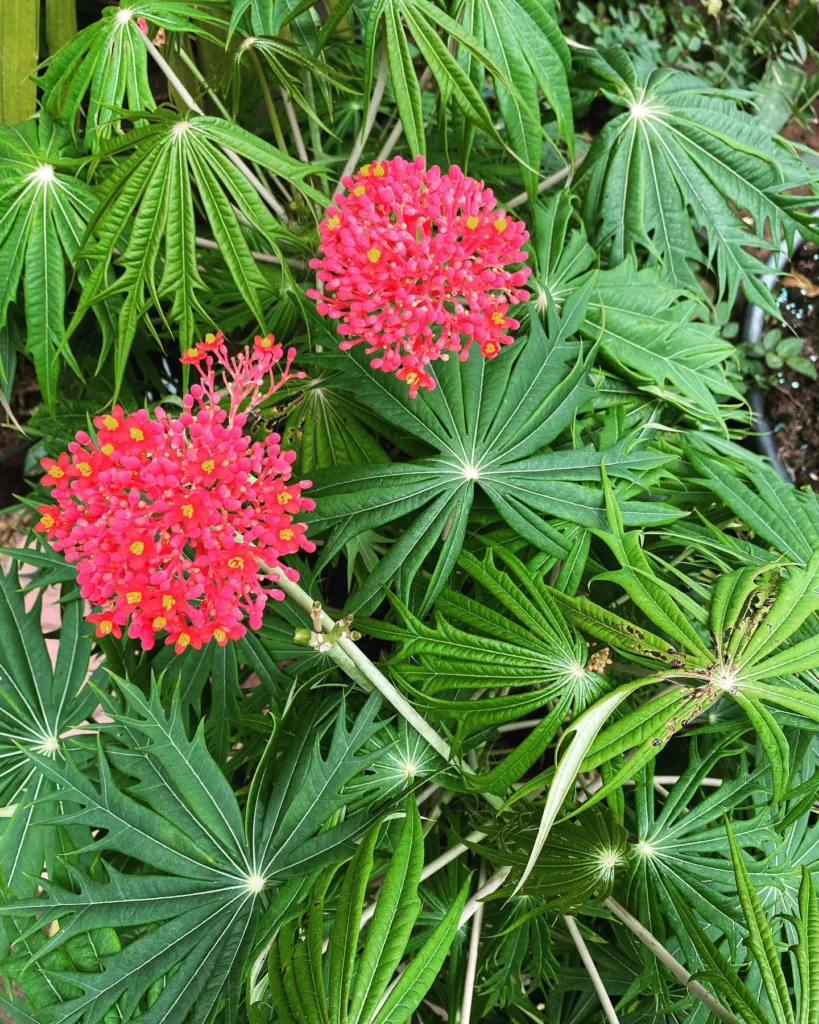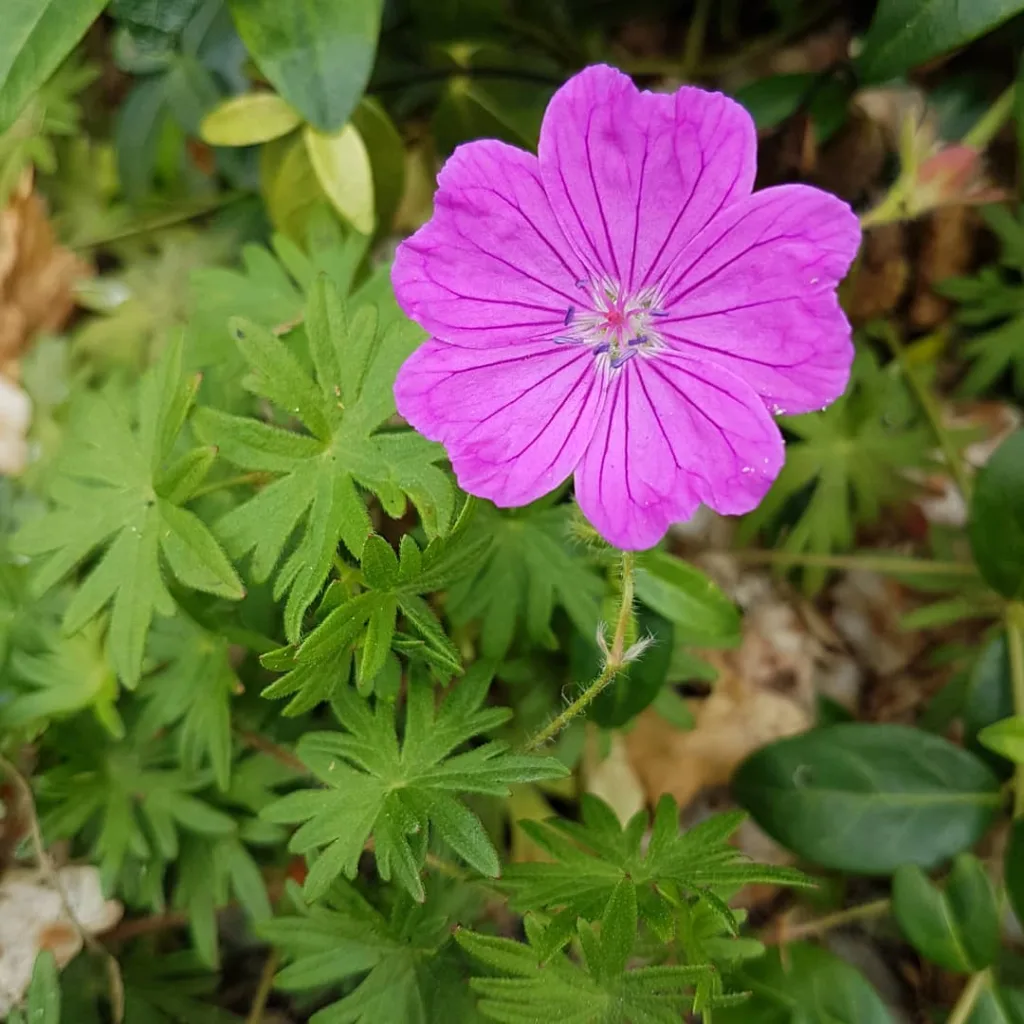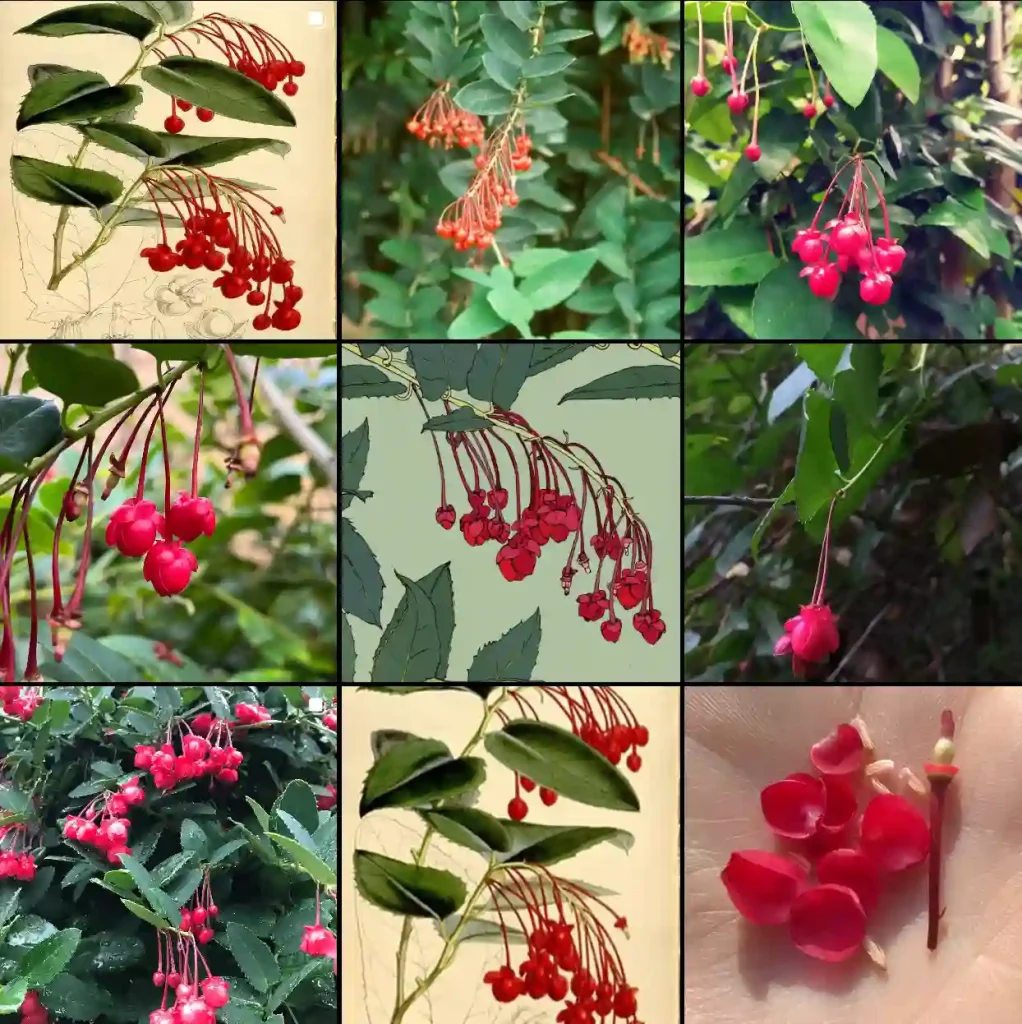
FAQs About Caragana Arborescens: Everything You Need to Know
Caragana Arborescens, also known as the Siberian Peashrub, is a versatile and hardy plant that’s worth exploring. Whether you’re considering adding it to your garden or are curious about its propagation, here’s a comprehensive guide to frequently asked questions about this remarkable shrub.
95 Species in Genus Caragana
What is Caragana Arborescens?
Caragana Arborescens, commonly called the Siberian Peashrub, is a deciduous shrub native to Siberia and northern China. It’s known for its resilience in harsh climates and its unique pea-like yellow flowers that bloom in late spring. This plant can reach heights of 8 to 12 feet and has a broad, spreading habit.
Can Caragana Arborescens Branches Be Rooted?
Yes, Caragana Arborescens branches can be rooted. This method of propagation is not the most common, but it is feasible. To root branches, you should take cuttings from healthy plants during the growing season, preferably in late spring or early summer. Cuttings should be around 4 to 6 inches long and taken from new growth. Dip the cut end in rooting hormone, then plant it in a pot with well-draining soil. Keep the cuttings moist and in a warm, sunny location. Rooting can take several weeks.
How to Grow Siberian Peashrub Caragana Arborescens from Seed?
Growing Caragana Arborescens from seed is a straightforward process but requires patience. Here’s how you can do it:
- Seed Preparation: Soak the seeds in water for 24 hours before planting. This helps to soften the hard seed coat and improve germination rates.
- Sowing: Plant the seeds in a seed tray filled with a mix of potting soil and sand. Sow the seeds about 1 inch apart and cover them lightly with soil.
- Germination: Place the seed tray in a warm, sunny location. Keep the soil consistently moist but not waterlogged. Germination typically takes 2 to 3 weeks.
- Transplanting: Once the seedlings have developed a few sets of true leaves and are large enough to handle, transplant them into larger pots or directly into the garden. Space them about 3 to 4 feet apart.
Where to Buy Caragana Arborescens Seeds?
You can purchase Caragana Arborescens seeds from a variety of sources. Many online seed retailers offer these seeds, including specialized nurseries and gardening websites. Additionally, local garden centers or botanical gardens may carry them. If you’re looking for a specific variety or want to ensure high-quality seeds, consider buying from reputable sources that provide detailed information about their seeds’ origin and germination rates.
How to Care for Caragana Arborescens?
Caragana Arborescens is known for its low maintenance and adaptability. Here are some tips to keep it thriving:
- Soil: It prefers well-draining soil but can tolerate a range of soil types, including sandy and clay soils.
- Watering: Once established, it’s drought-tolerant. Water it regularly during the first growing season to help it develop a strong root system.
- Pruning: Prune in late winter or early spring to remove dead or damaged branches and to shape the shrub. This encourages healthy growth and a pleasing form.
- Fertilizing: Caragana Arborescens generally doesn’t need much fertilization. A light application of a balanced fertilizer in early spring can be beneficial.
What to Plant With Caragana Arborescens?
Caragana Arborescens pairs well with a variety of companion plants. Consider planting it with other hardy shrubs like lilacs, or evergreen shrubs for year-round interest. Perennials such as coneflowers and black-eyed Susans can also complement its blooms and add color to your garden.
Can You Grow Caragana Arborescens Indoors?
Growing Caragana Arborescens indoors is not ideal. It’s a large shrub that requires ample space and full sun, which can be challenging to provide indoors. It’s best suited for outdoor gardens or landscapes where it can reach its full potential.
Is Caragana Arborescens Toxic?
Caragana Arborescens is generally not considered toxic to humans or animals. However, as with many plants, it’s best to prevent pets and children from consuming parts of the plant to avoid any potential irritation or discomfort.
Benefits of Caragana Arborescens
Caragana Arborescens offers several benefits:
- Erosion Control: Its extensive root system helps prevent soil erosion, making it a good choice for stabilizing slopes or disturbed soil.
- Windbreaks: It can serve as an effective windbreak or privacy screen due to its dense foliage.
- Wildlife Habitat: The shrub provides habitat and food for various birds and insects.
Common Problems with Caragana Arborescens
While Caragana Arborescens is quite hardy, it can face a few issues:
- Pests: It may be susceptible to pests like aphids and spider mites. Regular inspection and treatment with appropriate insecticides can help manage these problems.
- Diseases: Fungal diseases such as powdery mildew can occasionally affect it, particularly in humid conditions. Proper spacing and airflow can help prevent these issues.
How Does Caragana Arborescens Compare with Similar Plants?
When comparing Caragana Arborescens with other hardy shrubs like the Honey Locust or Forsythia, it stands out for its drought tolerance and unique pea-like flowers. It generally requires less maintenance compared to some other shrubs and performs well in a variety of soil types.
Exploring Caragana Arborescens can add diversity and resilience to your garden. With its robust nature and appealing features, it’s a great choice for various landscaping needs.
If i die, water my plants!



